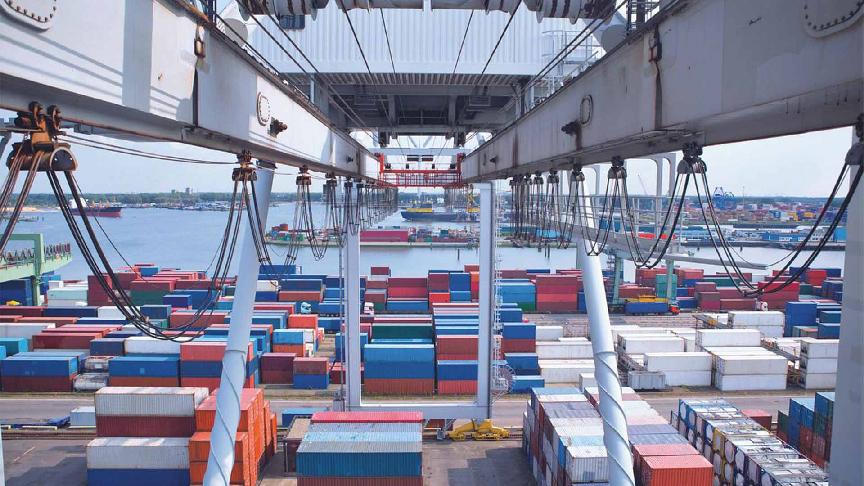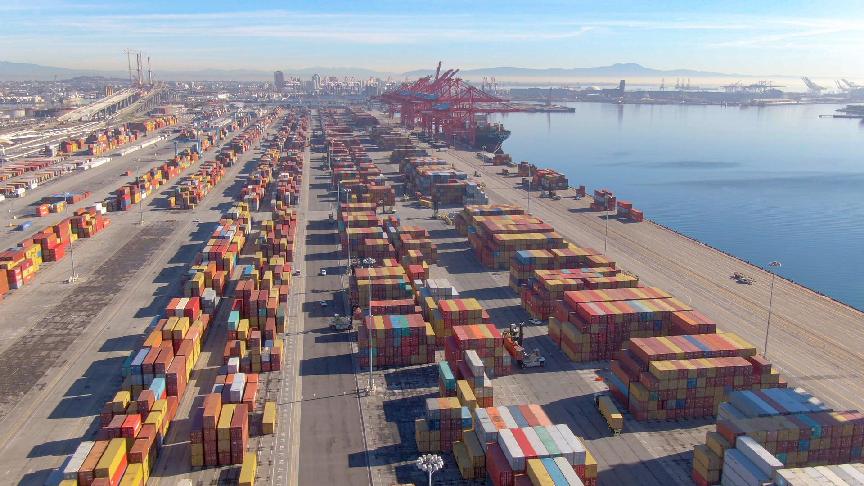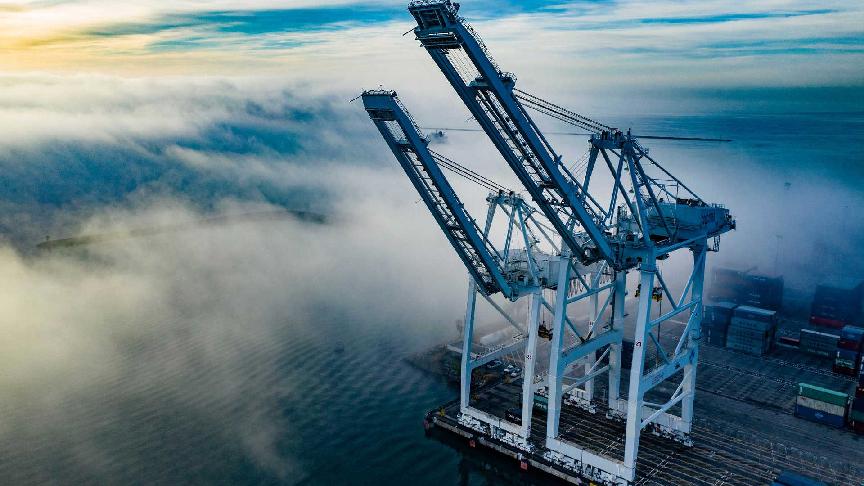21 July 2023 (Lloyd's List) - IT has been more than three decades since the port of New York and New Jersey was the US’s busiest container gateway.
The first port to introduce containerisation to the nation, it lost the primacy to the west coast port of Los Angeles in 1989, as booming trade with China boosted the Pacific gateway. Yet for a few months at the end of 2022, the east coast port moved more cargo than any other port in the US, including Los Angeles. While the Pacific gateway remains the nation’s busiest port, the port of New York and New Jersey’s ascension reflected a long-term trend of shifting cargo volumes from the west coast ports to those on the east and Gulf coasts.
The Panama Canal expansion in 2016, which allowed for larger ships to transit the Central American artery; labour tensions that have escalated around every contract renewal since 2002; and the costliness of California’s ports have all contributed to this trend. However, while cargo has been slowly shifting eastwards for more than a decade, that trend was turbocharged during the pandemic — first because of congestion in west coast ports, and later due to labour concerns.
More than 100 boxships were anchored outside the adjacent ports of Los Angeles and Long Beach during January 2022, in what came to symbolise the pandemic’s demand-fuelled supply chain crisis. Ports on the US east and Gulf coasts were already experiencing strong growth when shippers began diverting cargo there to avoid west coast congestion, overwhelming terminals and creating backlogs.
Then, in July, the west coast dockworkers' contract — which covers more than 22,000 International Longshore and Warehouse Union workers in 29 west coast ports — expired, leaving disruption-worn and wary shippers with fears over potential industrial action. More than 80% of the port of New York and New Jersey’s growth in 2022 is estimated to be cargo diverted from the west coast. Meanwhile,
Port of Los Angeles executive director Gene Seroka said recently about 15% of the port’s cargo had been diverted in 2022, especially since August. Vessel-tracking data from Lloyd’s List Intelligence shows non-domestic arrivals to major ports on the US west coast fell approximately 5% during 2022.
Data from the 10 largest US boxports, which handle more than 80% of the nation’s imports, show the market share of east and Gulf coast ports received a substantial bump in recent years. The top ports handled about 20.6m teu of imports in 2018, with the west coast ports handling 55.1%, and east and Gulf coast ports handling 44.9%.
In 2022, the top ports handled 24.2m teu of imports — 47.7% of which was by the west coast gateways, and 52.3% by those on the Atlantic and Gulf coasts. In August 2022 — one month after the west coast labour contract expired — major east and Gulf coast ports handled a 54.6% share of the top 10 ports' imports, up from 51.2% in July. It was also the first month to see the port of New York and New Jersey handle the most cargo in the US.
Overall, major US east and Gulf coast ports handled 31.4% more imports in 2022 than they did in 2019, including a 21.5% increase from 2020 to 2021 and 5.7% from 2021 to 2022. Meanwhile, major west coast gateways handled 7.1% more imports in 2022 than in 2019, including a 13.9% increase from 2020 to 2021 that was partially offset by a 8.2% decline from 2021 to 2022. The fastest-growing gateway has been the Gulf coast port of Houston, which remarkably handled 53.9% more imports in 2022 than in 2019.
While demand has cooled significantly from 2022’s highs, imports to major east and Gulf coast ports through to May 2023 are still 9.4% above 2019 levels, while those to their west coast peers are down 9.5%. However, in May, the top five west coast ports handled more cargo than their peers on the east and Gulf coasts for the first time in 12 months.
It is too early to say how long and deep these reversals will be, but the recent conclusion of negotiations between the ILWU and their employers, the Pacific Maritime Association, has cleared a massive hurdle to restore confidence at west coast ports. However, the agreement still needs to be ratified by the union’s rank and file. Port of Long Beach executive director Mario Cordero told Lloyd’s List he is optimistic that the port will regain cargo, but the timeline remains unclear. “It will take a few months to assess the contract’s impact,” he said.
Los Angeles’ Seroka said recently he has already spoken with shippers who are in the process of bringing back their cargo to the west coast. However, how much cargo ultimately returns is still anyone’s guess. Significant capital has been invested in logistics and distribution networks on the east and Gulf coasts, including substantial investments to accommodate the larger vessels now able to transit the Panama Canal. In addition, most of the US’s population is on the east coast, and eastern and southern states are experiencing the greatest levels of population growth.
Seroka and Cordero’s efforts to bring back cargo could be supported by an unprecedented $1.5bn grant recently awarded to California’s ports by the state for infrastructure investments and improvements. In the near term, dry conditions have forced the Panama Canal Authority to impose increasing draught restrictions, limiting the loading capacity of vessels transiting the crucial passage and complicating journeys from Asia to the US east and Gulf coasts.
It remains to be seen how fruitful the efforts to lure back cargo to the west coast will be. Seroka said it will require an “industry-led coalition” and acknowledged that some cargo will not return. However, he believes that shippers’ decisions will be driven by more than just costs.
“This is not a transactional business,” he told reporters in a recent press conference. “Since the ships do not simply just turn on their blinker and make a lefthand turn back into Los Angeles, it takes a little bit of work and a little bit of finesse to get this going. But it all starts with the confidence… it is still a relationship-based business.”







